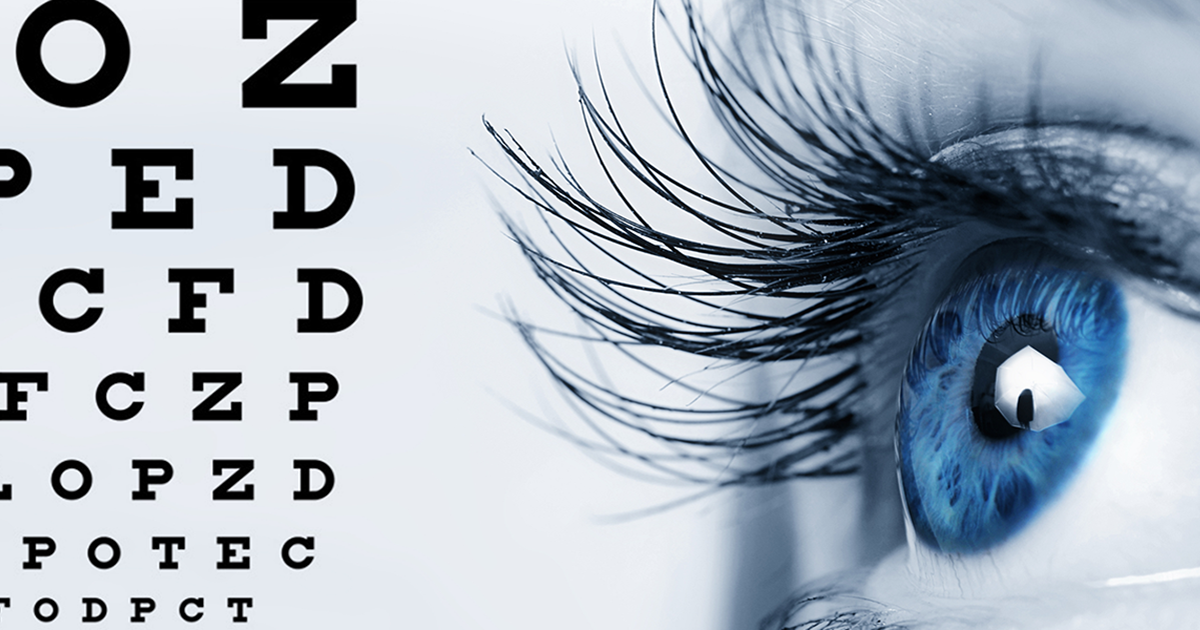The Role of Advanced Diagnostic Equipment in Identifying Eye Disorders
In the world of ophthalmology, the use of sophisticated diagnostic devices has actually reinvented the early recognition and administration of different eye disorders. As the need for accurate and timely medical diagnoses continues to grow, the assimilation of innovative tools like optical comprehensibility tomography and visual area testing has actually come to be important in the realm of eye treatment.
Significance of Very Early Diagnosis
Early diagnosis plays a critical role in the efficient administration and treatment of eye conditions. By finding eye problems at a very early stage, health care suppliers can supply proper treatment plans customized to the details problem, inevitably leading to far better results for individuals.

Modern Technology for Finding Glaucoma
Innovative diagnostic technologies play a crucial duty in the early detection and surveillance of glaucoma, a leading cause of permanent blindness worldwide. One such technology is optical comprehensibility tomography (OCT), which offers detailed cross-sectional photos of the retina, permitting the measurement of retinal nerve fiber layer density. This measurement is crucial in examining damage triggered by glaucoma. Another innovative tool is aesthetic area testing, which maps the level of sensitivity of a client's aesthetic area, assisting to spot any kind of areas of vision loss feature of glaucoma. Furthermore, tonometry is made use of to determine intraocular stress, a major danger factor for glaucoma. This test is essential as elevated intraocular stress can result in optic nerve damages. More recent modern technologies like the use of synthetic knowledge formulas in analyzing imaging data are revealing encouraging outcomes in the early detection of glaucoma. These sophisticated analysis devices make it possible for ophthalmologists to diagnose glaucoma in its early stages, permitting for prompt treatment and better management of the illness to stop vision loss.
Duty of Optical Coherence Tomography

OCT's capability to quantify retinal nerve fiber layer density enables precise and unbiased measurements, assisting in the early detection of glaucoma even prior to visual area problems become evident. OCT technology permits longitudinal surveillance of structural modifications over time, promoting customized therapy strategies and timely interventions to aid preserve individuals' vision. The non-invasive nature of OCT imaging additionally makes it a preferred option for checking glaucoma progression, as it can be repeated on a regular basis without causing discomfort to the individual. On the whole, OCT plays an essential function in boosting the analysis precision and management of glaucoma, ultimately adding to much better end results for people in danger of vision loss.
Enhancing Diagnosis With Visual Field Screening
An essential component in comprehensive ocular analyses, aesthetic field testing plays a pivotal duty in boosting the diagnostic process for various eye disorders. By analyzing the complete degree of a client's visual area, this test offers essential details concerning the practical integrity of the whole visual pathway, from the retina to the aesthetic cortex.
Visual area testing is particularly beneficial in the medical diagnosis and management of problems such as glaucoma, optic nerve problems, and numerous neurological diseases that can impact vision. Through measurable dimensions of peripheral and central vision, medical professionals can find refined modifications that may suggest the presence or development of these disorders, also before recognizable signs take place.
Moreover, visual field screening enables the surveillance of treatment efficiency, helping eye doctors tailor restorative treatments to individual clients. eyecare near me. By tracking adjustments in visual area efficiency over time, health care service providers can make enlightened choices about changing drugs, recommending surgical interventions, or applying various other suitable actions to preserve or enhance an individual's visual function
Taking Care Of Macular Deterioration

Verdict
Finally, advanced analysis tools play a critical function in recognizing eye conditions early on. Technologies such as Optical Comprehensibility Tomography and aesthetic field screening have considerably improved the accuracy and performance of diagnosing problems like glaucoma and macular deterioration. Early detection enables prompt intervention see this and administration of these problems, eventually bring about better results for people. It is crucial for medical care professionals to useful reference stay updated on these innovations to provide the most effective feasible treatment for their people. eyecare near me.
Comments on “Specialized Retina Service Near Me: Top-Notch Eye Care Professionals”